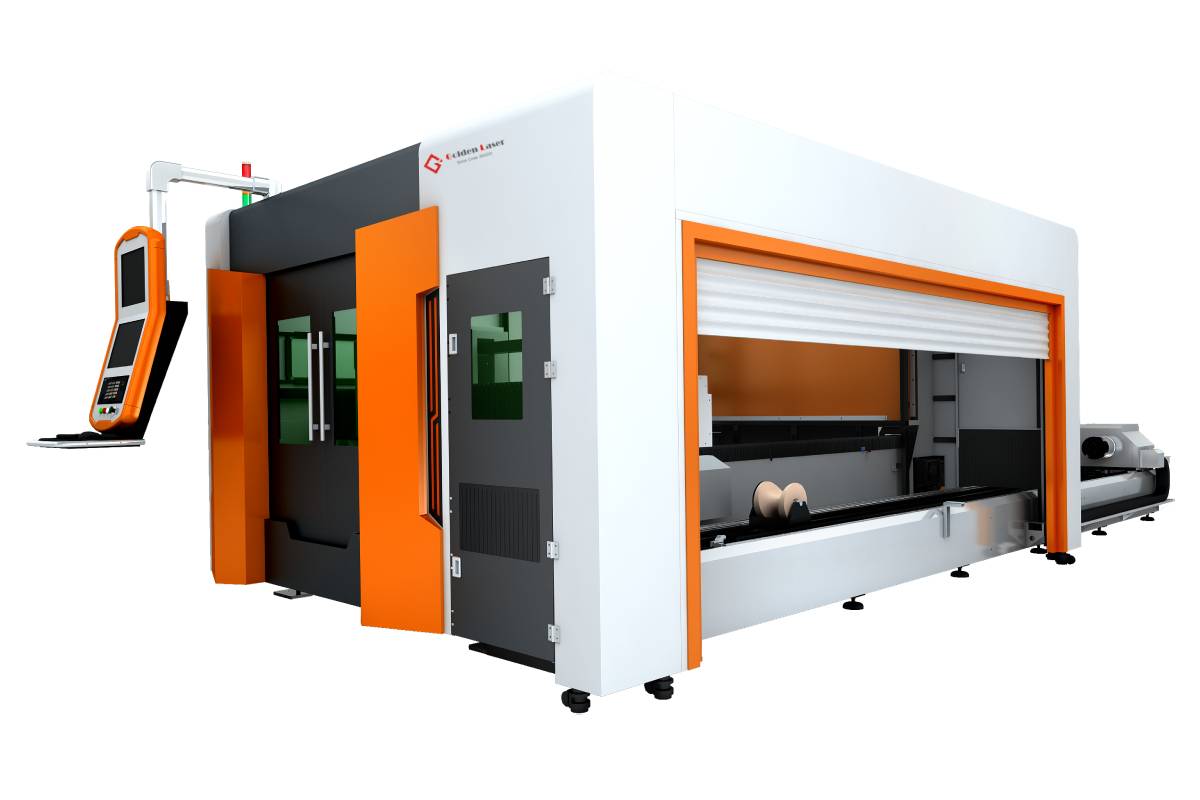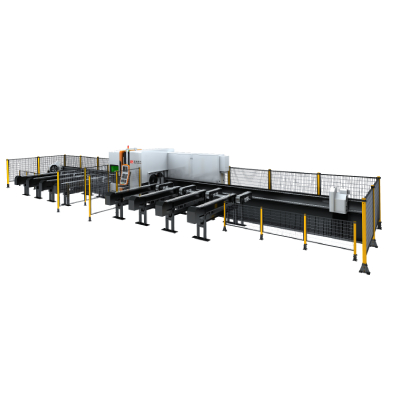****
In today’s fast-paced manufacturing and crafting landscape, the advent of cutting machines has revolutionized production processes, enhancing precision, efficiency, and creativity. Cutting machines, which encompass a range of equipment, from industrial-sized lasers to handheld devices, play a pivotal role in various sectors, including textiles, woodworking, automotive, and electronics. This article delves into the functionality, types, applications, and benefits of cutting machines, emphasizing their importance in shaping industries around the globe.
**The Functionality of Cutting Machines**
At their core, cutting machines are designed to slice, sever, or shape materials with accuracy and speed. Depending on the type of machine, they employ different cutting technologies, including mechanical cutting, thermal cutting, and water jet cutting. Each method is suited for specific applications and materials, addressing the unique needs of various industries.

Understanding the Role and Impact of Cutting Machines in Modern Manufacturing and Crafting Industries
1. **Mechanical Cutting:** This technique uses sharp blades or tools to cut through materials. Common examples include die-cutting machines used in the paper and textile industries and CNC (Computer Numerical Control) machines that automate the cutting process in metal and woodworking.
2. **Thermal Cutting:** This method employs heat to melt, burn, or vaporize the material being cut. Laser cutting and plasma cutting are two prominent examples, ideal for metals and plastics. These machines offer a high level of precision, making them suitable for intricate designs and demanding specifications.
3. **Water Jet Cutting:** Utilizing a high-pressure jet of water, often mixed with abrasives, water jet cutting can slice through a variety of materials without introducing heat, minimizing distortions or warping. It is particularly useful in industries handling sensitive materials.
**Types of Cutting Machines**
Understanding the different types of cutting machines is essential for industries looking to optimize their production processes. Here are some of the most common machines found in factories and workshops today:
– **Laser Cutting Machines:** Known for their precision, these machines employ lasers to cut through sheets of metal, plastics, and wood. Common in automotive and aerospace industries, laser cutters can create intricate designs with minimal material waste.
– **CNC Routers:** Widely used in woodworking and sign-making, CNC routers automate the cutting process of various materials. They are programmable, allowing complex shapes and designs to be created efficiently.
– **Die Cutting Machines:** Employed predominantly in the fabric and paper industries, die cutting machines are used to create shapes by cutting through materials with a pre-designed template or die.
– **Plasma Cutters:** These machines use ionized gas to cut through electrically conductive materials like steel and aluminum. Their speed and efficiency make them popular in the metalworking sector.
– **Water Jet Cutters:** Offering versatility, water jet cutters use highly pressurized water to slice through delicate and thick materials without causing thermal stress. They are often used in food processing, aerospace, and glass cutting.
**Applications Across Industries**

Understanding the Role and Impact of Cutting Machines in Modern Manufacturing and Crafting Industries
The applications of cutting machines are vast and varied. In the textile industry, cutting machines streamline the production of garments by quickly and accurately cutting fabric layers, enhancing productivity while reducing waste. In woodworking, CNC routers and laser cutters allow artisans to craft intricate designs, pushing the boundaries of creativity.
In aerospace and automotive sectors, laser and plasma cutting machines are employed to produce complex components that require extreme precision, ultimately leading to safer and lighter vehicles. Even in the culinary world, water jet cutters facilitate innovative food presentation, showcasing the technology’s versatility and adaptability.
**Benefits of Cutting Machines**

Understanding the Role and Impact of Cutting Machines in Modern Manufacturing and Crafting Industries
The integration of cutting machines into production lines comes with an array of advantages:
– **Increased Efficiency:** Automation reduces manual labor and speeds up production processes, enabling businesses to meet high demand levels.
– **Enhanced Precision:** Modern cutting machines deliver unparalleled accuracy, resulting in fewer errors and decreased material waste, which is beneficial for both the environment and operational costs.
– **Cost-Effectiveness:** Although the initial investment in cutting machines can be significant, the long-term savings in labor, material, and time make them a worthwhile addition to any industrial setting.
– **Flexible Design Capabilities:** Cutting machines can easily adapt to various design specifications, allowing for innovative product offerings and rapid prototyping.
In conclusion, cutting machines are indispensable tools in contemporary manufacturing and crafting landscapes. Their diverse types, functionalities, and applications contribute significantly to efficiency and creativity in production. As technology continues to advance, the role of cutting machines is likely to expand, opening doors to new possibilities and innovations across various sectors. The future of manufacturing and crafting undoubtedly lies in the skilled hands of those leveraging the capabilities of cutting machines. Aluminum Profile Laser Cutting Machine



